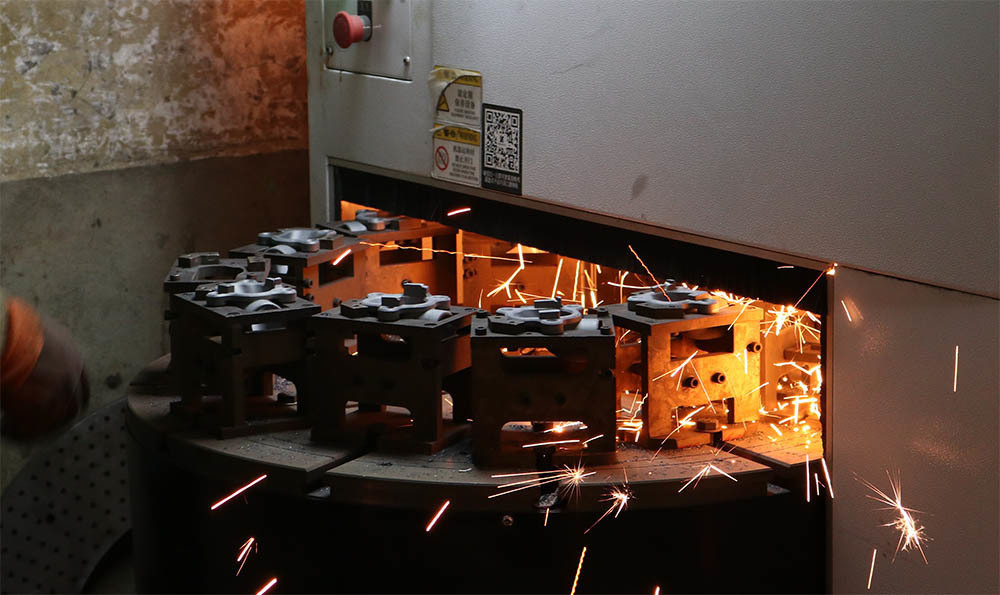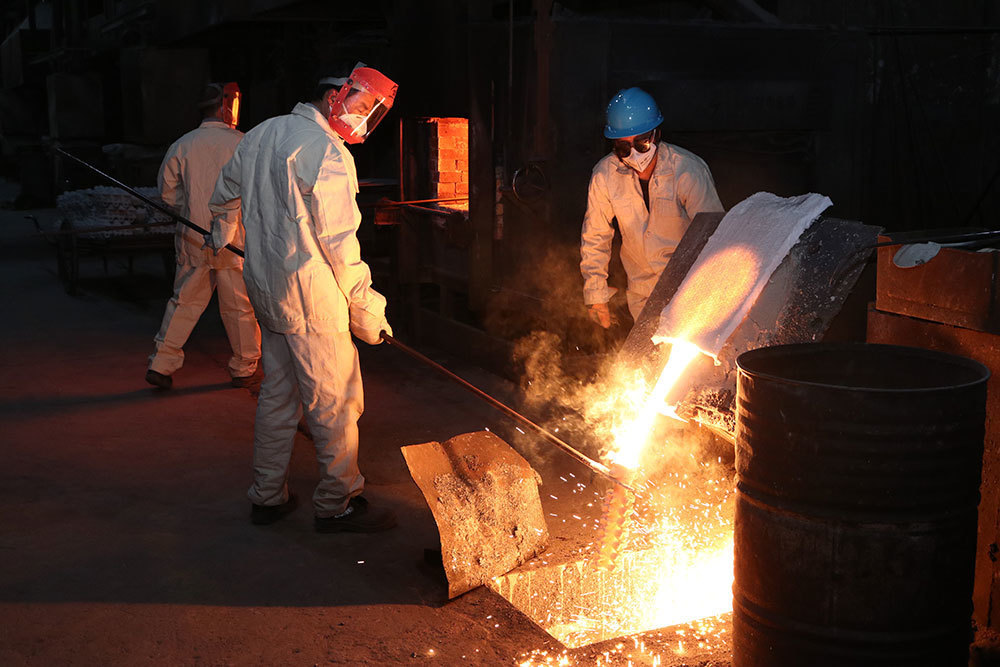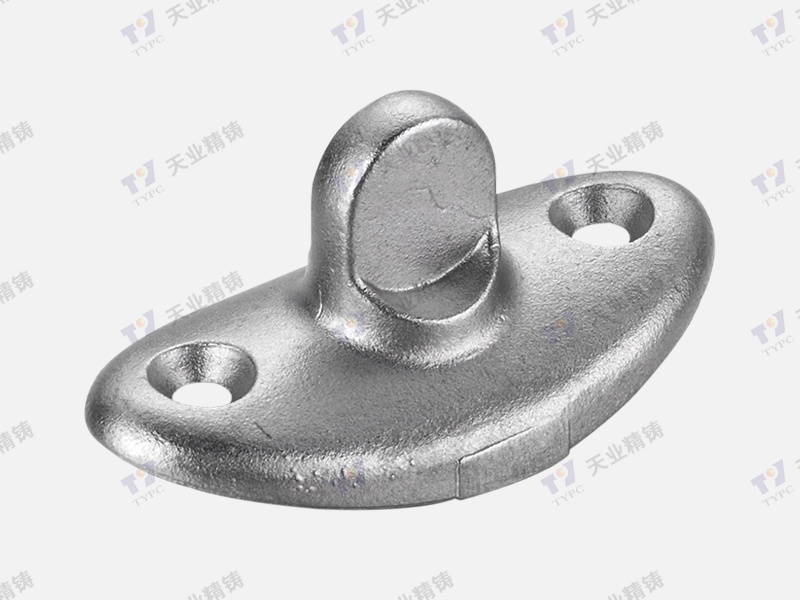2025-05-22
Understanding the Benefits of Investment Casting Parts in Industrial Applications
Investment casting, also known as lost-wax casting, is a highly effective manufacturing process that produces intricate metal components with exceptional precision. This method involves creating a wax pattern coated with a ceramic material, which is then heated to remove the wax and form a mold. This process is particularly advantageous for producing investment casting parts due to its ability to achieve complex geometries and tight tolerances that are often unattainable with traditional casting methods.
One of the primary benefits of investment casting parts is their superior surface finish. The smooth surfaces achieved through this technique often require minimal post-processing, significantly reducing production time and costs. This is particularly beneficial in industries where precision and aesthetics are crucial, such as aerospace, automotive, and medical equipment manufacturing.
Another advantage is the material versatility inherent in investment casting. A wide range of metals, including stainless steel, aluminum, and various alloys, can be utilized, allowing manufacturers to select the most suitable material for their specific application needs. This flexibility means that investment casting parts can be tailored to meet unique performance criteria, whether it be strength, corrosion resistance, or weight considerations.
Cost efficiency is another notable aspect of investment casting. Although the initial setup may require a higher investment in tooling, the ability to produce complex parts in larger quantities often leads to lower per-unit costs. Furthermore, the reduced waste associated with investment casting compared to other methods contributes to overall cost savings.
Precision and repeatability are critical factors in industrial applications, and investment casting excels in both areas. This method allows for the production of components that consistently meet stringent specifications, ensuring that each part functions reliably within the larger assembly. For industries that demand high levels of accuracy, such as defense and energy, this reliability is indispensable.
Moreover, investment casting supports sustainability initiatives within manufacturing. By minimizing material waste and reducing the need for extensive machining, this process aligns well with modern environmental considerations. Manufacturers can produce high-quality investment casting parts while also meeting their corporate responsibility goals.
In conclusion, investment casting parts represent a sophisticated solution for industrial applications where precision, versatility, and efficiency are paramount. By understanding the technical benefits of this casting method, professionals can make informed decisions that enhance their manufacturing processes and product offerings. Whether you are involved in design, engineering, or manufacturing, recognizing the advantages of investment casting can lead to significant improvements in operational effectiveness.
One of the primary benefits of investment casting parts is their superior surface finish. The smooth surfaces achieved through this technique often require minimal post-processing, significantly reducing production time and costs. This is particularly beneficial in industries where precision and aesthetics are crucial, such as aerospace, automotive, and medical equipment manufacturing.
Another advantage is the material versatility inherent in investment casting. A wide range of metals, including stainless steel, aluminum, and various alloys, can be utilized, allowing manufacturers to select the most suitable material for their specific application needs. This flexibility means that investment casting parts can be tailored to meet unique performance criteria, whether it be strength, corrosion resistance, or weight considerations.
Cost efficiency is another notable aspect of investment casting. Although the initial setup may require a higher investment in tooling, the ability to produce complex parts in larger quantities often leads to lower per-unit costs. Furthermore, the reduced waste associated with investment casting compared to other methods contributes to overall cost savings.
Precision and repeatability are critical factors in industrial applications, and investment casting excels in both areas. This method allows for the production of components that consistently meet stringent specifications, ensuring that each part functions reliably within the larger assembly. For industries that demand high levels of accuracy, such as defense and energy, this reliability is indispensable.
Moreover, investment casting supports sustainability initiatives within manufacturing. By minimizing material waste and reducing the need for extensive machining, this process aligns well with modern environmental considerations. Manufacturers can produce high-quality investment casting parts while also meeting their corporate responsibility goals.
In conclusion, investment casting parts represent a sophisticated solution for industrial applications where precision, versatility, and efficiency are paramount. By understanding the technical benefits of this casting method, professionals can make informed decisions that enhance their manufacturing processes and product offerings. Whether you are involved in design, engineering, or manufacturing, recognizing the advantages of investment casting can lead to significant improvements in operational effectiveness.









